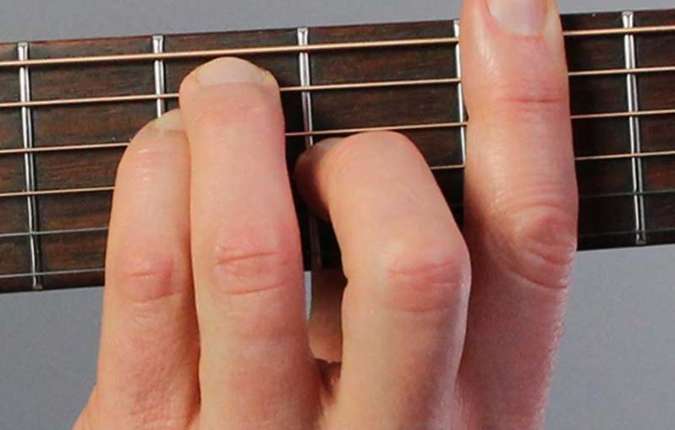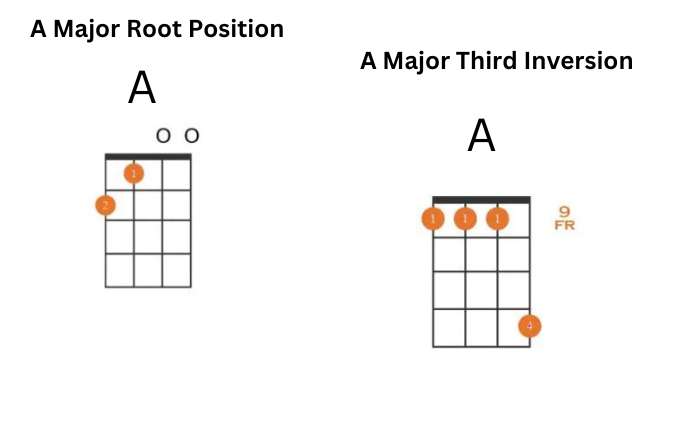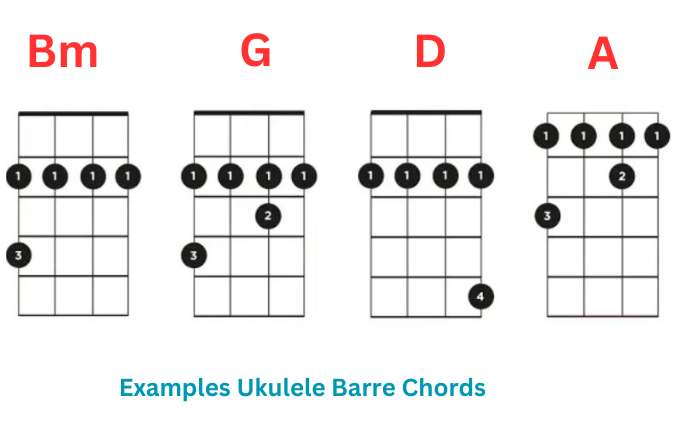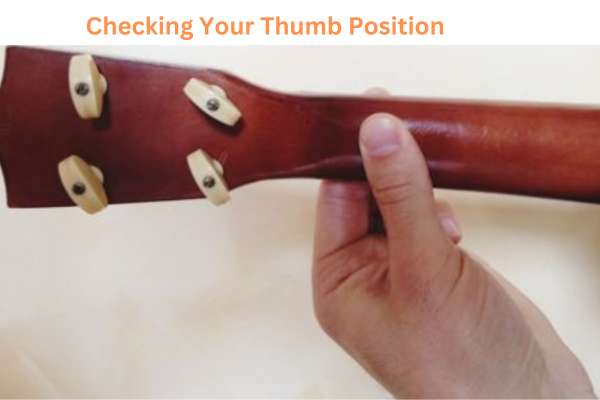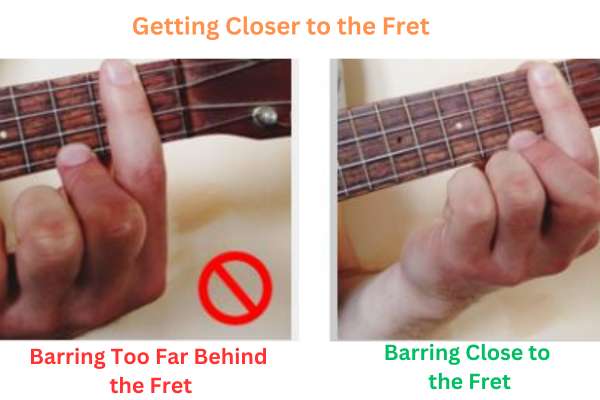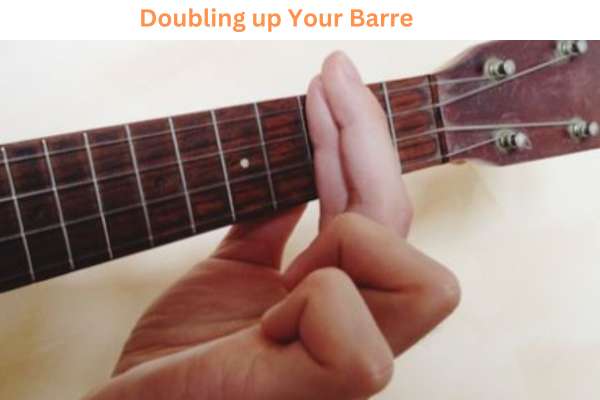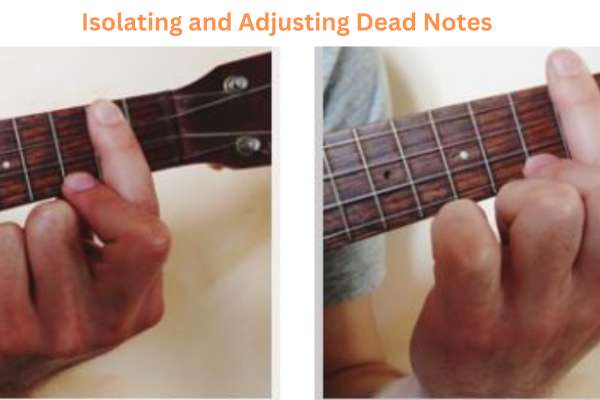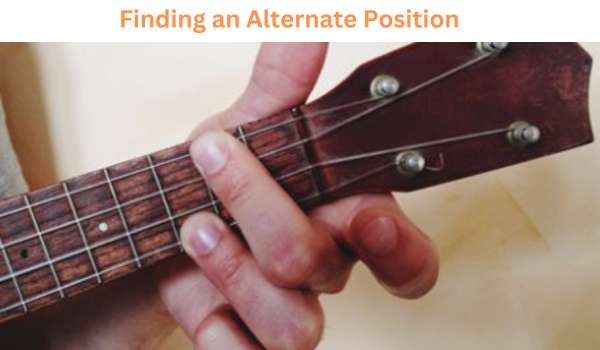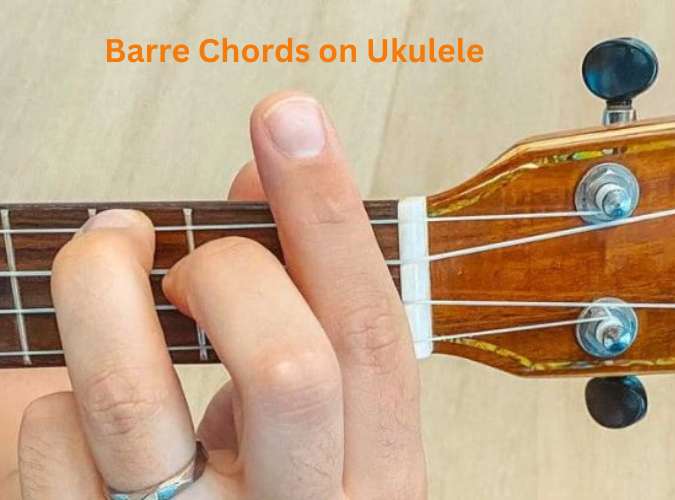
Mastering the correct way to play barre chords on the ukulele might be one of the most challenging tasks. It needs plenty of finger strength and, eventually, a lot of practice.
In this guide, we are about to present some concepts that may streamline your learning process straightforward for you.
What is a Ukulele Barre Chord (Bar Chord)?
A barre chord means applying one finger to cover an entire (or a part) fret on the ukulele. With the same finger, you need to squeeze multiple strings.
Instead of applying four fingers, you might utilize one to accomplish the same thing with a barre chord. It forsakes the other digits (generally mid-finger, pinky finger, and ring finger) to grip other’s frets in the uke.
Why do ukulele bar chords exist?
Barre chords permit ukulele players to play other tones on the ukulele in addition to the open strings. These enable you to play above the fretboard.
For example, take A major chord. In the chord diagram below from our guide, while playing the A major chord. You will probably identify the root position from the A major chord. Yet, like in Inversion 3, you might play it barred.
Barre chords can give various melodies and turn a piece of music more attractive. Another argument for using them is that you can effortlessly move the barre chords along the neck by placing the arm in the same position, making it simple to play similar chords.
An ultimate argument is if you use barre chords, you can “throw away” your capo. Indeed, don’t consider it, but barre chords provide a path to play songs, requiring a capo without a capo. For example, take a melody played with a capo on the 1st fret and contains a Major chord. You can get rid of the capo and perform a Bb (A#) chord.
So How do I play barre chords?
Switching to barre chords and fretting can be cumbersome. It may need somewhat practice before you learn barre chords on the ukulele.
But why will you master the difficult way? We are about to run you through some methods that you may enable to play ukulele barre chords effortlessly.
- Place the middle of your thumb on the fretboard back, and if it gets somewhat stuck, it is okay. It’ll aid you in applying pressure to the strings when you utilize your barre chord fingers.
- Attempt to squeeze as nearby the fret as possible. It’ll confirm that you are receiving the proper leverage on the strings and that each String will play extra clearly.
- Utilize a full barre. Instead of 4, you will have to barre two strings for some chords like B flat. Move towards big, or move home and move to a total barre. We believe it helps you receive the correct amount of pressure while getting the hang of it.
- When you may do, double up on the bars. While it might not function for every chord, placing your middle finger behind your index finger is helpful while playing barre chords in general. Indeed, it will turn your barre chords powerful and sound clear.
- If you contain dead notes, distinguish which Notes are not playing. You can accomplish this by plucking each separate String. Once recognized, you can continue playing with your position to gain the most effective angle.
- Carry on your training. Barre chords need some time to learn. In truth, they need a fantastic amount of strength out of your fretting hand. You’ll be capable of working on a finger workout routine to build up your strength.
7 Tips to Improve Your Barre Chords on Ukulele
Switching and fretting barre chords can be tricky, but try these quick tips to get those chords under control and unleash some new possibilities in your ukulele playing.
1. Checking your thumb position
A barre chord wants somewhat more force because you are about to press down multi-strings against the fretboard. Ensure your thumb ball gets pressed firmly into the ukulele neck to enjoy the most benefit.
2. Getting closer to the fret
Keep a target to press down as nearby right behind the fret as possible – almost as though you’re pressing the right side over the frets. Abstain barring way behind the frets. The closer your fingers are to the frets easier you can hold the strings. Notice what we imply when we play a D7 chord in the following images.
On the image to the right, it may look like the strings won’t ring expressly with my index finger that is off the fret. But the fingers are positioned so that maximum leverage can be got against the Strings, and each String can ring out clearly.
3. Skipping the half-barre and using a full barre
A few chords, similar to the Bb, need a half barre for playing the chord, where you only barre the bottom two strings instead of a fret four.
Getting the pressure you need with a half-barre can be tricky, so think of utilizing a full-barre instead. We show an instance, especially for the Bb chord here.
4. Doubling up your barre
It is not always a possible alternative, but placing your middle finger behind your index finger can be helpful in some cases when you barre the strings.
This method turns your barre more powerful and lets the strings play more clearly. It only acts for Minor and Minor 7th barre chords (for example, Bm7, Cm7, C#m7).
5. Isolating and adjusting dead notes
If you can’t find a barre chord to play, retain the chord and pull out every individual string to observe which note or notes are not playing. Now, test by adjusting the position of your barre on the Strings from there.
For instance, to ring some barre chords, you may concentrate on barring the strings with the bottom two knuckles of your fingers, where you contain a little more meat and flesh to squeeze on the Strings, instead of applying the top two knuckles to barre the string. Be aware of the nuances, test, and notice what acts best for you.
The two images below display how to play a D7 barre chord, but the barre position is being experimented with using different knuckles on the fingers to retain the strings.
6. Finding an alternate position
Usually, you play a barre using your index finger on the ukulele. But you might notice that utilizing your middle finger acts well in the context of specific chord progressions.
For instance, to perform a D7 chord, many often prefer to apply their mid-finger to barre the second fret and squeeze their ring finger on the third fret of the bottom String, as displayed in the image below.
7. Building strength with simple exercises
If you still can’t get the hang of the barre cord, keep patient with yourself. The reason is that holding a barre needs considerable strength in your fretting hand. With practice and time, you’ll observe that playing barre chords becomes easier.
To aid in building hand strength, you can grasp a tennis ball when you do not play the ukulele. After that, practice pressing it using high pressure for a few seconds and then relax. Reiterate this several times. It may appear to be a pretty basic exercise, but it can aid you in building strength in your fretting hand.
Conclusion: How to Play Barre Chords on Ukulele
Barre chords can become such a thing that can keep people away from the ukulele or any instrument. Guitarists contain the same problem, if not a tough time gripping them.
We request you continue it, and you will be able to go on the path of success with them, even after just a few weeks of practice. If you master applying extra pressure once, you’ll relish your singing and vocalize a little more, and you will find a clear chord.
